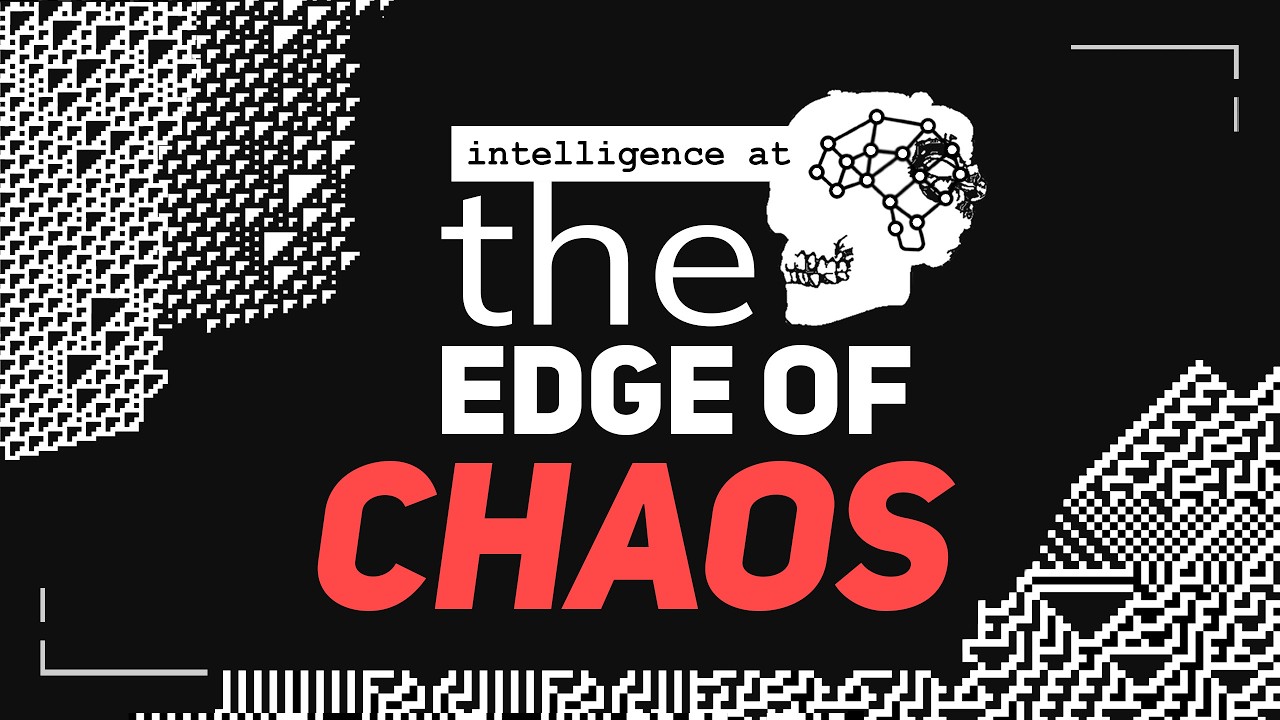The video explores the evolving methods of training artificial general intelligence (AGI), emphasizing the importance of data quality and the effectiveness of using multiple smaller datasets over a single large one. It highlights the challenges of relying on synthetic data, the emergence of intelligence from simple systems, and the need for a nuanced approach to training that balances complexity and structured learning.
The video discusses the evolving landscape of training artificial general intelligence (AGI) and emphasizes the importance of data quality over sheer quantity. Historically, researchers relied on large datasets to improve AI performance, but as the field matures, the focus has shifted towards more selective data curation. A key finding from recent research indicates that using multiple smaller datasets can be more effective than a single large dataset, as overwhelming models with massive data can hinder their ability to learn effectively. This highlights the need for a more nuanced approach to training AI, focusing on how models learn rather than just the volume of data provided.
One significant aspect of current AI training methods is instruction tuning, where large language models (LLMs) are trained in dialogue formats to function as chatbots. However, the increasing reliance on synthetic data for this process raises concerns about the authenticity of the models. Research has shown that synthetic data often lacks the complexity and richness found in human-written text, leading to a phenomenon termed “model collapse,” where the AI’s performance plateaus due to repetitive and simplistic outputs. This issue underscores the challenge of balancing synthetic data use while maintaining the depth and nuance necessary for effective learning.
The video introduces a paper titled “Intelligence at the Edge of Chaos,” which explores the idea that intelligence can emerge from simple systems exhibiting complex behaviors. Using simulations like the Game of Life and elementary cellular automata, researchers found that simple rules could generate intricate patterns. The study categorized these patterns into classes based on their complexity and observed that models trained on rules producing complex patterns performed better on logical reasoning tasks. This suggests that the nature of the training data significantly influences the model’s ability to generalize and apply learned reasoning to new challenges.
The authors of the paper conducted experiments with GPT-2 models, revealing that those trained on complex rules exhibited superior performance in tasks requiring predictive reasoning, such as chess. Interestingly, models trained to predict the next step outperformed those predicting multiple steps ahead, indicating that focusing on immediate predictions fosters deeper understanding and learning. This finding suggests that the complexity of the training data should strike a balance—high enough to challenge the model but structured enough to allow for effective learning.
Ultimately, the video posits that understanding how intelligence emerges in both artificial and human systems could lead to advancements in AGI development. By identifying the conditions under which intelligence develops, researchers may gain insights into the fundamental processes of cognition. The discussion concludes with a call for further exploration of how to generate synthetic data that aligns with the complexity needed for effective learning, as well as the potential implications for understanding human intelligence. The video also promotes a learning platform, Brilliant, which offers interactive lessons in math, programming, and AI, encouraging viewers to engage with these concepts more deeply.
